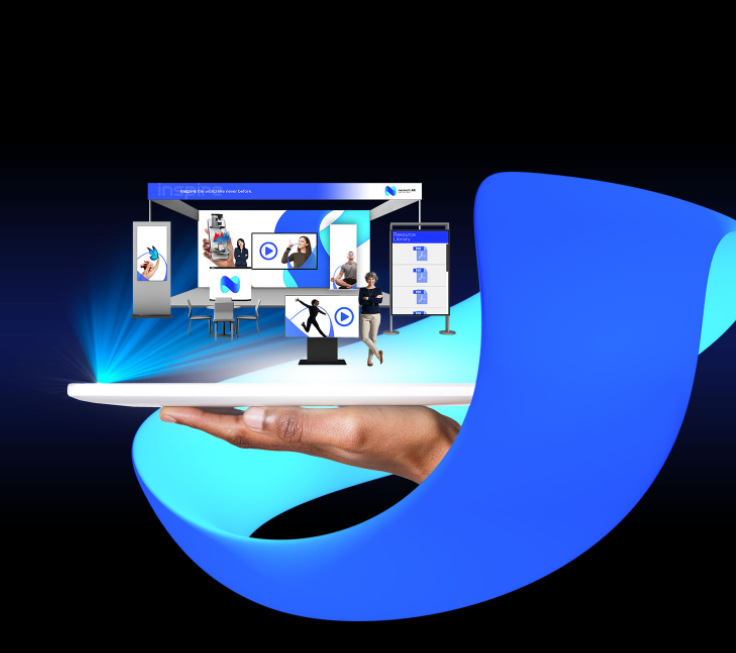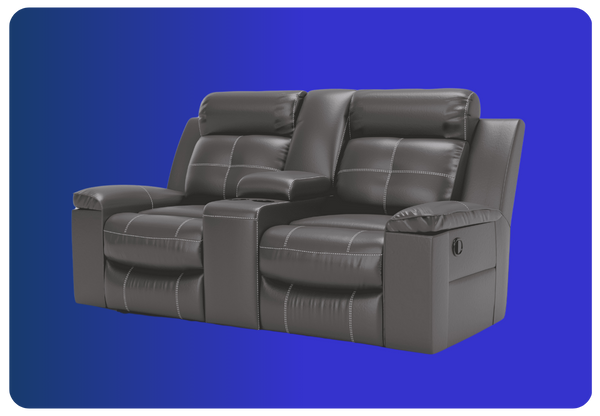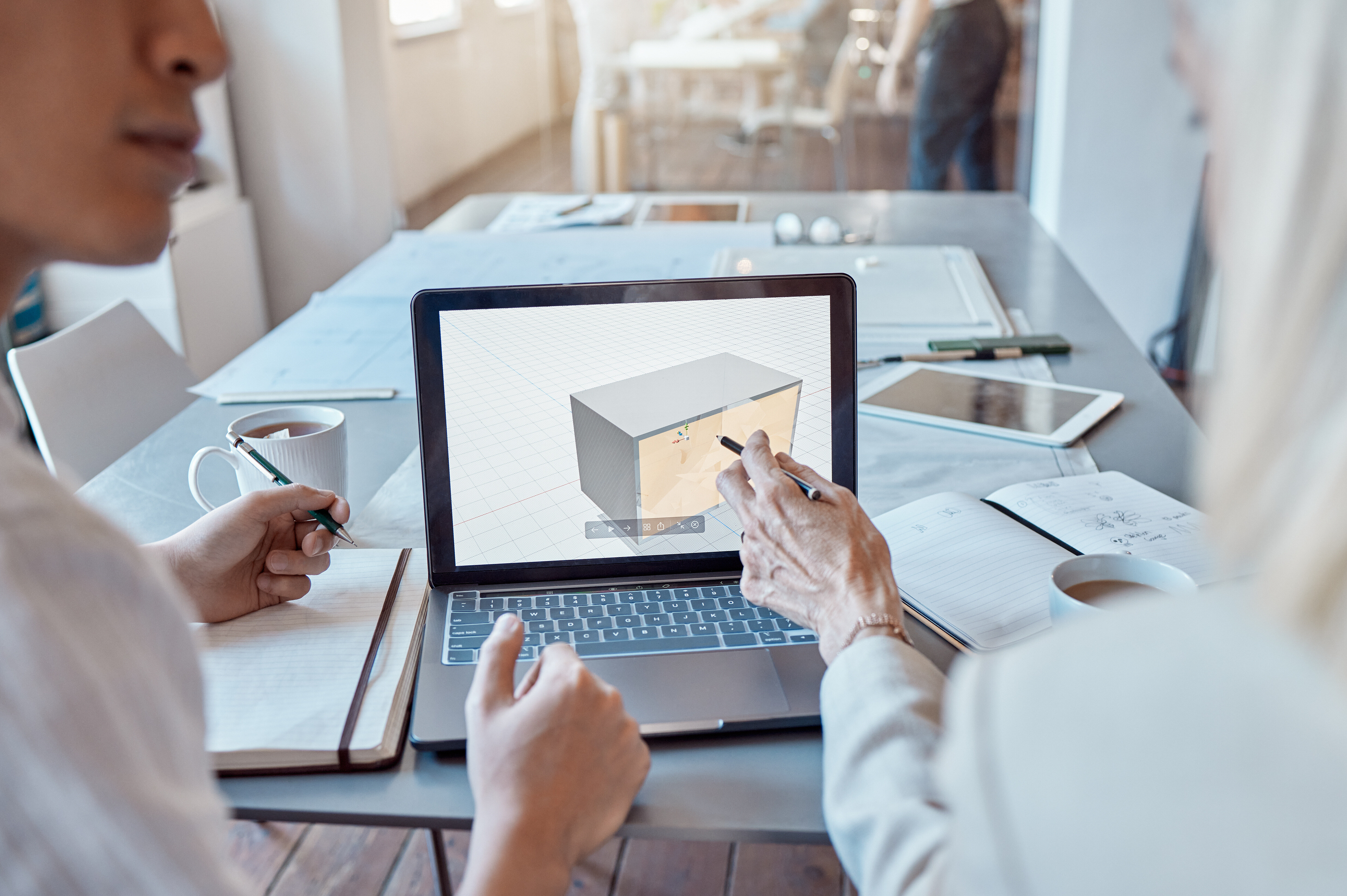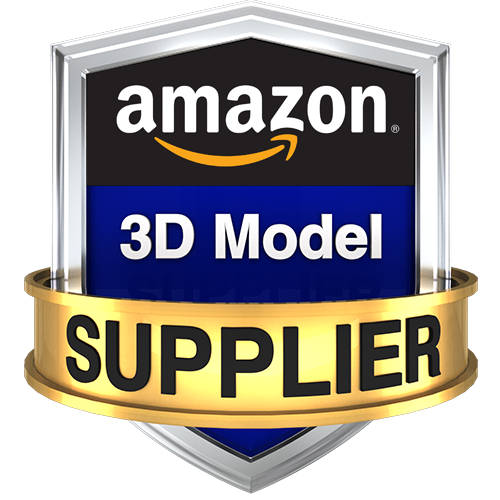There are a lot of benefits to adding 3D models into your e-commerce site. They can keep your customers engaged. They can increase your sales and reduce your returns.
But that’s not all they can do. Incorporating 3D models into e-commerce imagery won’t only revolutionize your photography process. It will save you money too.
Benefits Of 3D Models
There are many advantages to using 3D models to generate 2D images.
One of the main advantages is the reduction in cost. Traditional photography can be expensive. Where 3D models come at a fraction of the cost.
With traditional photography you often need to hire a professional photographer. You’ll need to set up a studio. There are purchasing costs. And that’s without mentioning the models and props.
These are expenses that add up quickly, especially for businesses with large inventories.
But using 3D models you can cut that cost. You won’t need physical set ups, photographers, or models.
Another benefit of this technology is its ability to create realistic, high-quality images.
3D modeling has advanced to a point where it can produce realistic textures, lighting, and shadows. This ensures that the final images are nearly indistinguishable from traditional photographs.
This level of realism allows businesses to highlight their products in the best way without compromising on quality.
3D models also offer a high level of flexibility and customization.
If you want to change something with traditional photography, you will need to reshoot the entire scene. This isn’t only time-consuming, its also costly.
But with 3D models you can make any adjustments you might want or need without all the costs associated.
Comparing Costs
When it comes to cost, 3D models have a clear advantage over traditional photography.
As we mentioned earlier, traditional photography requires various expensive things. But 3D models eliminate the need for most of these expenses.
While there is an initial investment in creating the 3D models, once they are created, they can be used repeatedly without incurring additional costs.
This makes 3D models a cost-effective solution in the long run. 3D models also offer the opportunity for virtual product photography.
With this approach, businesses can create digital representations of their products and display them in various environments and settings without the need for physical setups.
This not only saves costs but also provides more creative freedom and flexibility in showcasing products.
Enhance Visual Appeal
3D models can enhance the visual appeal of e-commerce imagery. Businesses can use them to create highly realistic, visually striking images that capture the attention of online shoppers.
One of the advantages of having 3D models is that you are able to advertise your product from different angles and perspectives.
Capturing every detail with traditional photography can be challenging, especially when it comes to complex or intricate designs.
But with 3D models, customers can easily rotate and zoom in on the product, allowing them to examine it from every angle.
This level of interactivity can significantly enhance the customer's shopping experience and increase engagement.
3D models also allow for creative visual effects and animations that can make product imagery more eye-catching.
Businesses can also add dynamic elements such as product animations, interactive features, or even virtual reality experiences to their e-commerce imagery.
These visual enhancements not only make the product stand out but they also create a memorable and immersive shopping experience for customers.
Optimize Workflow
Incorporating 3D models into the photography process can optimize workflow efficiency.
Traditional photography often requires extensive planning, setup, and post-processing. This can be time-consuming and may cause delays in product launches or updates.
However, with 3D models, the process becomes more streamlined. Once the initial 3D models are created, they can easily be reused for different product variations or updates.
This eliminates the need for repetitive setup and reshooting, saving both time and resources, especially when it comes to making changes or adjustments.
3D models also allow for faster product development and prototyping.
Businesses can create digital prototypes of their products and visualize them in different contexts before investing in physical production.
This iterative process can significantly reduce the time and cost involved in product development.
Overall, incorporating 3D models into the photography workflow can streamline processes, reduce turnaround time, and improve overall efficiency.
Incorporating 3D Models
There are a few steps to consider when incorporating 3D models into your e-commerce strategy.
To start off, you need to create or acquire the 3D models of your products.
You can either create the models in-house using 3D modeling software. Or you can outsource the creation of 3D models to 3D artists and agencies.
Then, you'll need to integrate the 3D models into your e-commerce platform. This may involve working with developers or using plugins and tools that support 3D model display.
Once integrated, it's important to optimize the loading speed and performance of the 3D models on your website.
This can be done in numerous ways such as optimizing file sizes, implementing lazy loading, or utilizing content delivery networks (CDNs).
Lastly, it's crucial to monitor and analyze the performance of your 3D models.
Track metrics such as engagement, conversion rates, and customer feedback to assess the effectiveness of the 3D models.
Adjustments and improvements can be made based on the data collected. Use this to keep optimizing your e-commerce strategy.
Incorporating 3D models into your e-commerce strategy can provide a competitive edge by offering visually appealing and interactive product imagery, reducing costs, and improving workflow efficiency.







